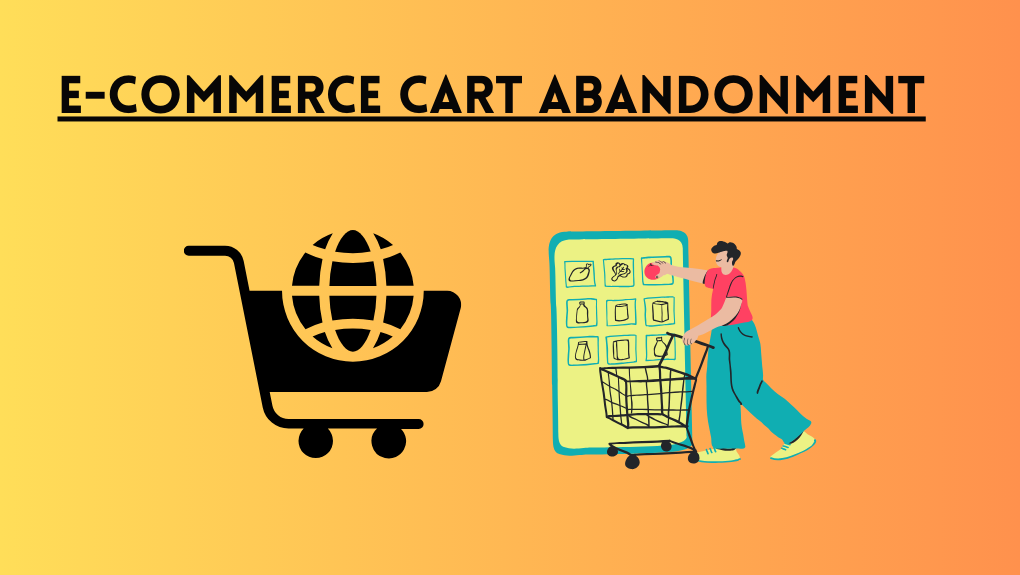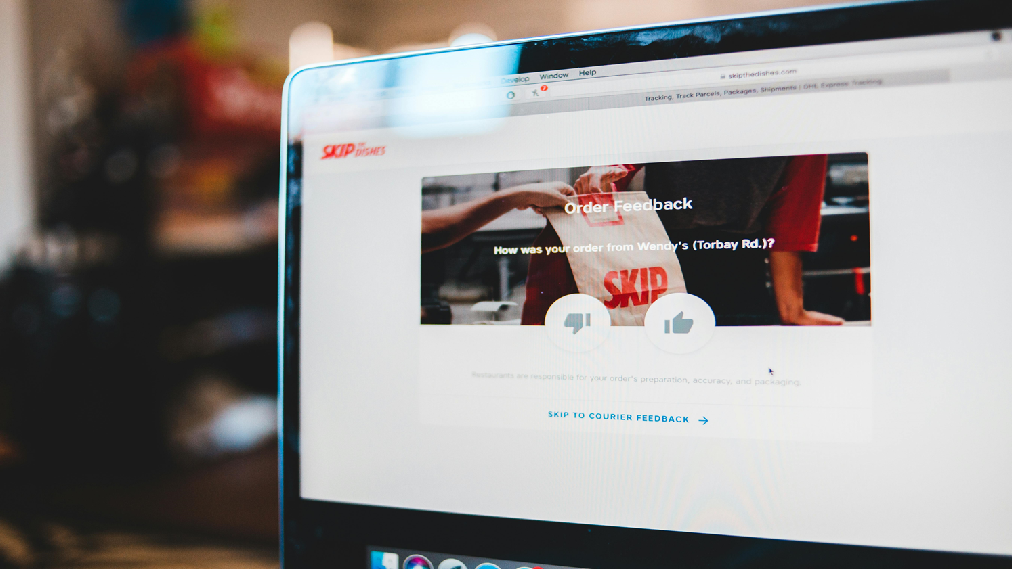Step-By-Step Guide To Building Your First Sales Funnel

Have you ever wondered how successful online businesses consistently drive revenue and growth? Building your first sales funnel is the answer. It involves a series of meticulously planned steps, serving as a roadmap to navigate the competitive digital landscape. In the competitive online landscape, a well-constructed sales funnel is your secret weapon.
This guide will walk you through each step, offering expert insights and practical tips to create a powerful funnel that attracts and guides potential customers, ensuring your business’s long-term success.
Choosing The Perfect Tools
As you embark on creating your first sales funnel, the path begins with the crucial first step—choosing the perfect tools. At its core, Funnel Software is the bedrock upon which your entire structure rests. Take note of these important features:
a. User-friendly interface: Prioritize tools with an effortlessly navigable interface featuring an intuitive dashboard and drag-and-drop functionalities.
b. Customization options: Seek out solutions that grant you the flexibility to personalize your approach, ensuring it resonates seamlessly with your brand identity and speaks directly to your target audience.
c. Integration prowess: Opt for solutions capable of harmoniously integrating with other essential tools, such as email marketing platforms and customer relationship management systems (CRMS).
d. A/B testing capability: Choose tools with A/B testing, also known as split testing, to experiment with different content or strategies. This process involves trying two variations (A and B) to find which performs better. It helps fine-tune your strategy by comparing elements like headlines, images, or call-to-action buttons, allowing data-driven decisions for optimal results.
By considering these features, you’ll find the right tools to help your strategy succeed. In addition to these features, it's also wise to source proprietary deals on tools that can offer unique advantages specific to your business needs. These exclusive arrangements often provide access to specialized tools or services that can significantly enhance your sales funnel's efficiency and effectiveness.
Defining Objectives: Setting Your Sales Funnel Goals

Before delving into building a sales funnel strategy, it’s critical to establish clear objectives. These objectives will serve as the guiding principles in your journey, ensuring that every step you take aligns perfectly with your ultimate business vision. Breaking it down further is the SMART criteria, a widely recognized framework in marketing:
a. Specific: Your objectives must be focused and well-defined. For instance, instead of a vague goal, set a specific goal, such as ‘Increasing online sales by a robust 20% within the upcoming quarter.’
b. Measurable: It’s essential to have quantifiable metrics to track your progress. Define how you’ll measure success, such as using key performance indicators (KPIs) like website visits, conversion rates, or revenue growth.
c. Achievable: Be realistic about what you can accomplish within your current resources and timeframe. Setting sky-high goals is inspiring, but ensure they are achievable, given your constraints.
d. Relevant: Your objectives should harmonize seamlessly with your broader business goals. Ensure that every milestone you set contributes directly to your overarching mission and is aligned with your business’s overall direction.
e. Time-based: Adding a sense of urgency is paramount. Set a precise time frame for achieving your objectives. This not only keeps you accountable but also drives you forward with determination.
Setting objectives is more than a mere formality. It’s the foundation upon which you’ll build a funnel that’s not just effective but also scalable and aligned with your vision.
Understanding Your Target Audience
Creating a powerful strategy depends on truly understanding the people you want to reach. This important step involves the following key aspects:
a. Building buyer personas: Start by creating detailed buyer personas to gather valuable insights about your customers’ needs, pain points, and preferences.
b. Mastering segmentation: Divide your audience into different groups based on factors like age, behavior, or interests, allowing you to tailor your strategy for each group.
c. Mapping the customer journey: Gain a deep understanding of the stages your customers go through, from initial awareness to the final purchase decision. Align your strategy with these stages for maximum impact.
d. Data-driven decision-making: Make use of data and analytics to inform your strategy. Analyze the behavior and preferences of your audience and adjust your approach accordingly. This allows you to fine-tune your strategy for optimal results.
By taking these steps, you’ll be better equipped to create a strategy that resonates with your audience and drives success.
Crafting Captivating Content
The core of your strategy is the content you deliver at every juncture. Consider these principles:
a. Attracting awareness (top of the funnel): In the initial awareness stage, your goal is to capture your audience’s interest. To achieve this, entice them with high-value blog posts, engaging videos, or complimentary resources.
b. Nurturing consideration (middle of the funnel): As your audience progresses to the consideration phase, your focus should shift to educating and nurturing leads. Comprehensive guides, insightful webinars, and compelling case studies can be valuable tools in this stage.
c. Sealing the deal (bottom of the funnel): When your leads are ready to make a decision, it’s time to present persuasive offerings. This may include product demos, free trials, and compelling customer testimonials that help them finalize their choice.
By following these, your content strategy will effectively guide your audience through each stage of their journey.
Optimizing for Better Conversions
To enhance the effectiveness of your strategy, focus on conversion optimization by incorporating the following strategies:
a. Compelling calls to action (CTAs): Craft CTAs that are persuasive and action-oriented to encourage your audience to take the desired actions.
b. Dedicated landing pages: Create dedicated landing pages for each stage of your strategy. These pages should be meticulously designed to convert visitors into valuable leads and customers.
c. Automated email sequences: Incorporate automated email sequences that expertly nurture leads. These sequences skillfully guide your audience through various stages of your strategy, providing them with the right information at the right time.
d. Harnessing the power of analytics: Vigilantly monitor your strategy by utilizing the valuable insights provided by analytics. These analytics act as your trusted companion, revealing areas for improvement.
By incorporating these strategies, you’ll optimize your strategy for conversions and ensure its continued success.
Conclusion
Undertaking a strategic business approach with a keen focus on constructing a successful sales funnel and utilizing the appropriate software is a crucial step toward enhancing revenue and business growth. By carefully selecting the tools that fit your needs, defining clear objectives, understanding your target audience, delivering engaging content, and optimizing conversions, you position yourself for success in the competitive online landscape. Don’t wait—begin this journey today.







